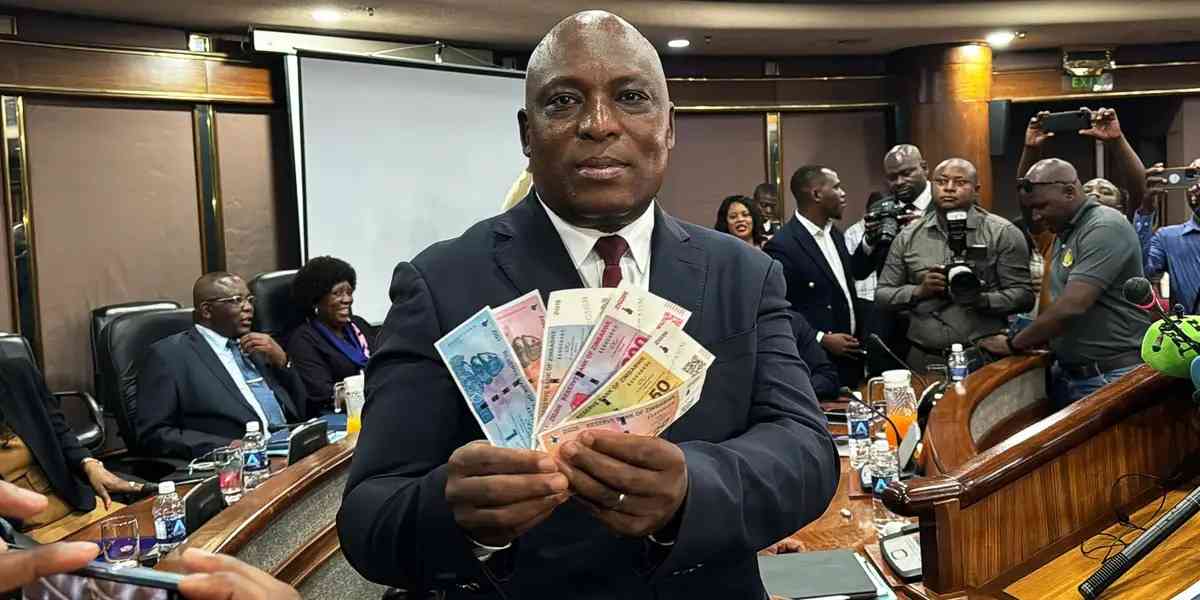
BY JOHN LEGAT
EXCESS money growth over and above the need for nominal gross domestic product (GDP) growth will lead to inflation and in the case of the Zimbabwe dollar, a devaluation in the currency.
Looking at 2021 and taking the Reserve Bank of Zimbabwe (RBZ) Monthly Economic Review, broad money rose by 132% over the year while the parallel rate of exchange fell from $115 to $200, a 74% devaluation, but as we know GDP also rose sharply in 2021.
To date, we only have statistics for broad money to the end of February this year which highlights a 6,5% growth in broad money since the end of December 2021.
The currency devalued by around 10% over that period so nothing dramatic.
The Zimbabwe Stock Exchange (ZSE) by contrast rose by 36% over that period but reflecting good corporate numbers and then it gained just 5% in March.
The parallel rate fell by around 10% in March again, nothing exceptional.
Then suddenly in April, ZSE gains a whopping 78% and the currency devalues by around 60%.
- Chamisa under fire over US$120K donation
- Mavhunga puts DeMbare into Chibuku quarterfinals
- Pension funds bet on Cabora Bassa oilfields
- Councils defy govt fire tender directive
Keep Reading
A monetarist would suggest that in March or April, the money taps must have opened to finance such inflation. We will not know for sure until the numbers can be scrutinised if, indeed, that will be possible.
Inflation: Where to look?
If we look back at events in March and April, there were by-elections to finance, the 2022 Census was underway while the end of the rains prompted road rehabilitation works.
All three were expensive projects. Add to this the preparations for the purchase of the maize harvest and winter wheat planting.
It could well be that government did not have the funds available for such expenditure, bearing in mind the Treasury bills issue at the end of March was heavily undersubscribed at a rate of just 24%.
As a result, it is possible that the RBZ lent those funds to the government through a short-term overdraft in March and April. This is money creation.
These funds were then banked by the private sector and with a deposit rate of 25% at best with inflation of 96%, it would have made sense to buy an asset instead of leaving the money in the bank, the most liquid being the ZSE, hence its rise.
The currency more than likely devalued by a similar factor to the increase in the money supply, although panic may have driven that higher, put another way, there were more Zimdollars relative to the US dollar than before hence its price fell.
There is also talk, as yet unsubstantiated, that exporters were receiving more Zimdollars for their export retentions as the rate used in that calculation had moved from the auction rate to the “tolerance” rate, now the new interbank rate.
That would have required more Zimdollars which the exporters would have needed to find a home for.
Inflation, interest rates and ZSE
Had interest rates on Zimdollars monetary assets been attractive enough, recipients of those extra Zimdollars could have deposited the money in the banks or bought government Treasury bills.
This could have mopped up surplus Zimdollars liquidity which instead immediately went into equities or other hard assets.
If deposit rates or yields on Treasury bills were nearer 125% as compared with the current 25% — a premium over the current 96% inflation rate — then at least there would be another liquid Zimdollar asset class available to consider.
The government reacted to the currency and ZSE gains by introducing a “super-tanker” of measures to try to stop what they deemed speculation. ZSE was partly blamed, but it is a cash settlement market.
There is no credit, so a buyer has to have the Zimdollar available to purchase shares in the first place.
That Zimdollar was surplus to the buyer’s needs and hence financed the rise in share prices. The seller meanwhile was left with that cash which he could have used to buy other goods if they were able to or it simply remained in cash.
Increasing capital gains tax to discourage short-term investors will, therefore, make little difference to the buyer with excess Zimdollar liquidity.
- John Legat is the founder and chief executive of Imara Asset Management











